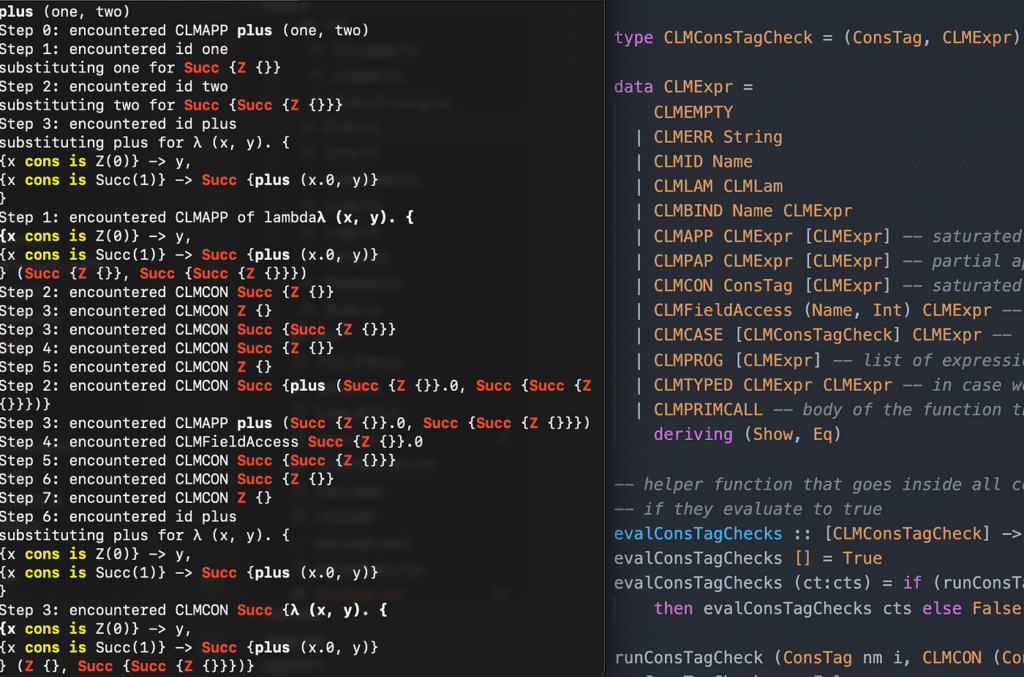Imagine mastering the art of computer vision with tools that few even consider. Rust, with its memory safety and high performance, can be your secret weapon.
Haskell’s strong typing and lazy evaluation let you craft precise, bug-free solutions. Erlang shines in concurrency and fault tolerance, perfect for real-time processing. Dart‘s modern syntax and libraries ensure seamless integration.
Finally, Mathematica’s symbolic computation powers advanced image analysis. Each language offers unique strengths, pushing the boundaries of what’s possible.
Curious to uncover more about these hidden gems?
Rust
Rust gives you a fresh, memory-safe way to build efficient and reliable computer vision and image processing apps. You’ll love how Rust focuses on preventing memory leaks and data races, making your apps both sturdy and fast.
The language’s expressive type system and ownership model catch errors at compile time, cutting down on pesky runtime issues and boosting your code’s quality.
Isn’t that just awesome? You get to write solid code with fewer headaches down the line. Rust’s got your back, ensuring that your programs run smoothly and efficiently. Plus, its unique approach means you’ll spend more time creating and less time debugging.
Haskell

Diving into Haskell for computer vision and image processing? You’ll discover a powerful language that packs a punch with its functional programming strengths.
Haskell’s strong type system and lazy evaluation help you craft error-free, efficient applications. Imagine writing code that’s not only fast but also easy to maintain.
You’ll love the mathematical precision and the seamless way you can compose complex algorithms. It’s like finding a hidden gem in the world of programming languages!
Erlang
Erlang’s unique approach to concurrency and fault tolerance makes it a stellar choice for crafting robust and scalable applications in the realm of computer vision and image processing.
Imagine being able to:
- Handle real-time processing: Tackle multiple tasks at once without getting bogged down.
- Scale up effortlessly: Spread your workloads across various nodes with ease.
- Ensure fault tolerance: Keep your system reliable, even when things go wrong.
Erlang lets you solve complex problems efficiently and effectively, making your job a whole lot easier.
Dart

Dart, with its modern syntax and robust libraries, is an exciting option for building advanced computer vision and image processing applications. It’s especially appealing due to its impressive performance and seamless integration with other systems. Let’s take a look at how Dart stacks up for image processing:
| Characteristic | Benefit |
|---|---|
| Contemporary Syntax | Easy to understand and write |
| Robust Libraries | Extensive toolkit |
| Performance | High speed |
| Integration | Smooth with other platforms |
| Community | Growing support and resources |
Dart’s contemporary syntax makes it a breeze to learn and use, even for beginners. You’ll appreciate how its robust libraries provide a wide array of tools right at your fingertips. And when it comes to performance, Dart doesn’t disappoint, delivering high operational speed that keeps your projects running smoothly.
Moreover, integrating Dart with other platforms is a piece of cake, making it an excellent choice for multi-system applications. Plus, with an ever-expanding community, you’ll find plenty of support and resources to help you along the way.
In short, Dart brings a lot to the table for image processing, blending ease of use with powerful capabilities. Whether you’re a seasoned developer or just starting, Dart offers a compelling mix of features that can elevate your projects.
Mathematica
Mathematica is a fantastic tool for diving into computer vision and image processing. With its powerful symbolic computation capabilities, you can easily manipulate and analyze images using its high-level functions.
Imagine the possibilities:
- Edge detection: Apply filters and algorithms effortlessly.
- Pattern recognition: Quickly identify and classify shapes.
- Image alteration: Perform precise geometric changes.
It’s a robust tool for anyone interested in sophisticated visual data analysis. Whether you’re tinkering with photos or delving into complex image processing tasks, Mathematica has got you covered.


















